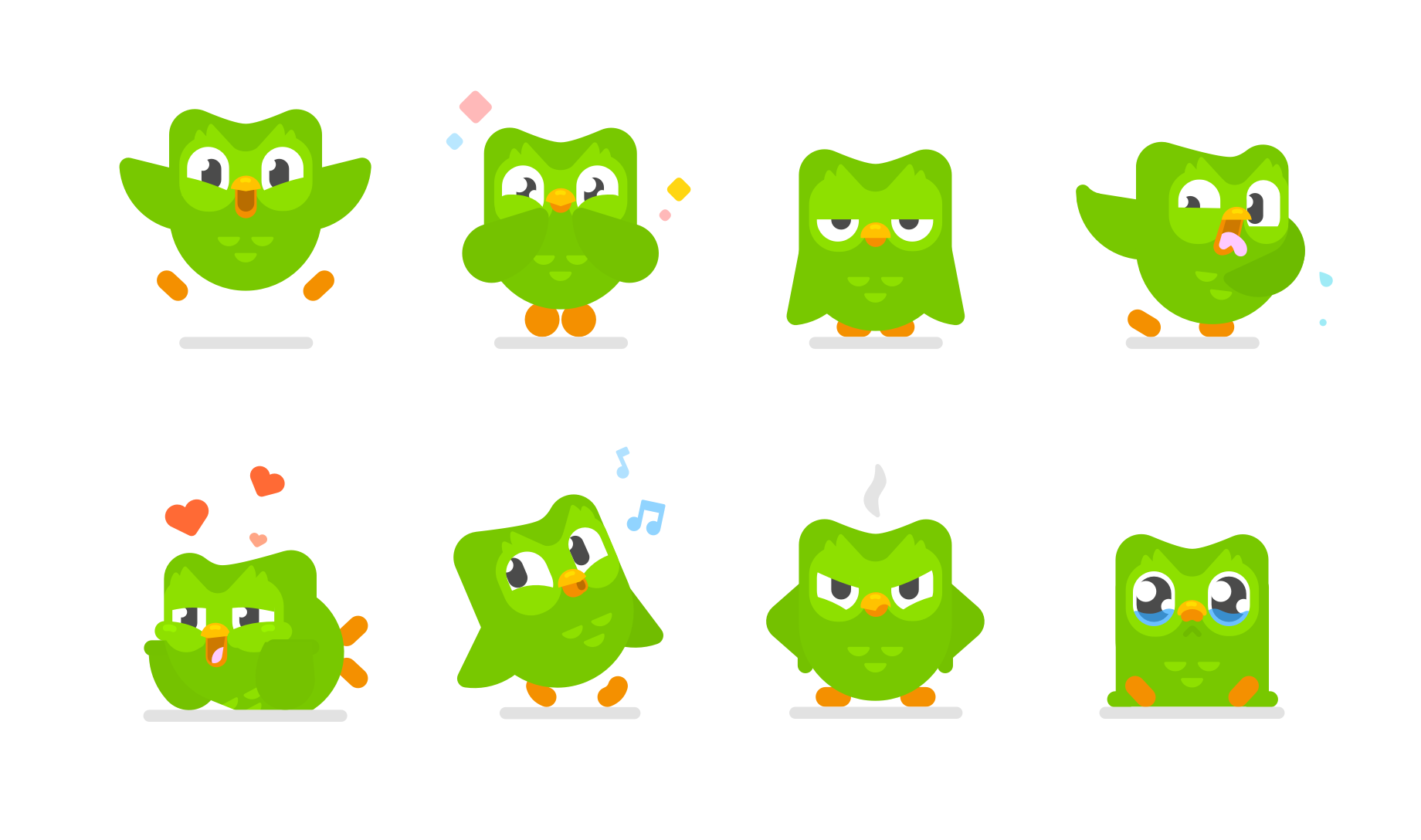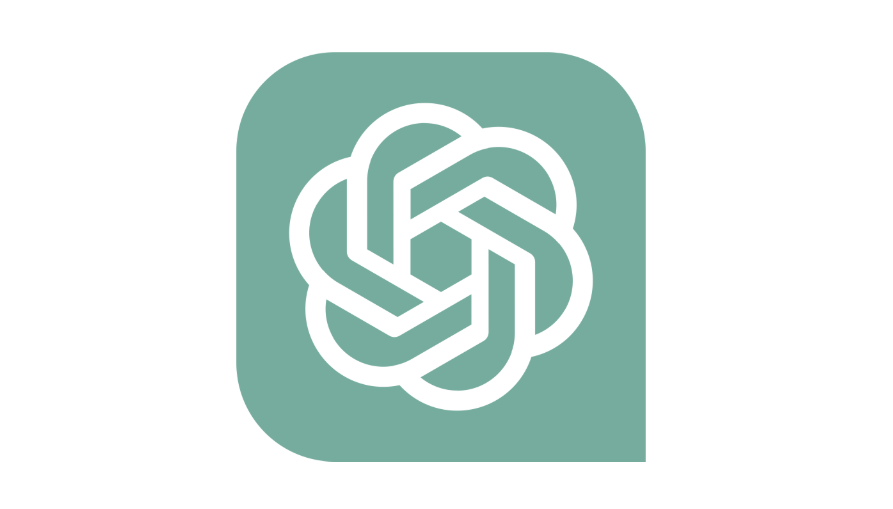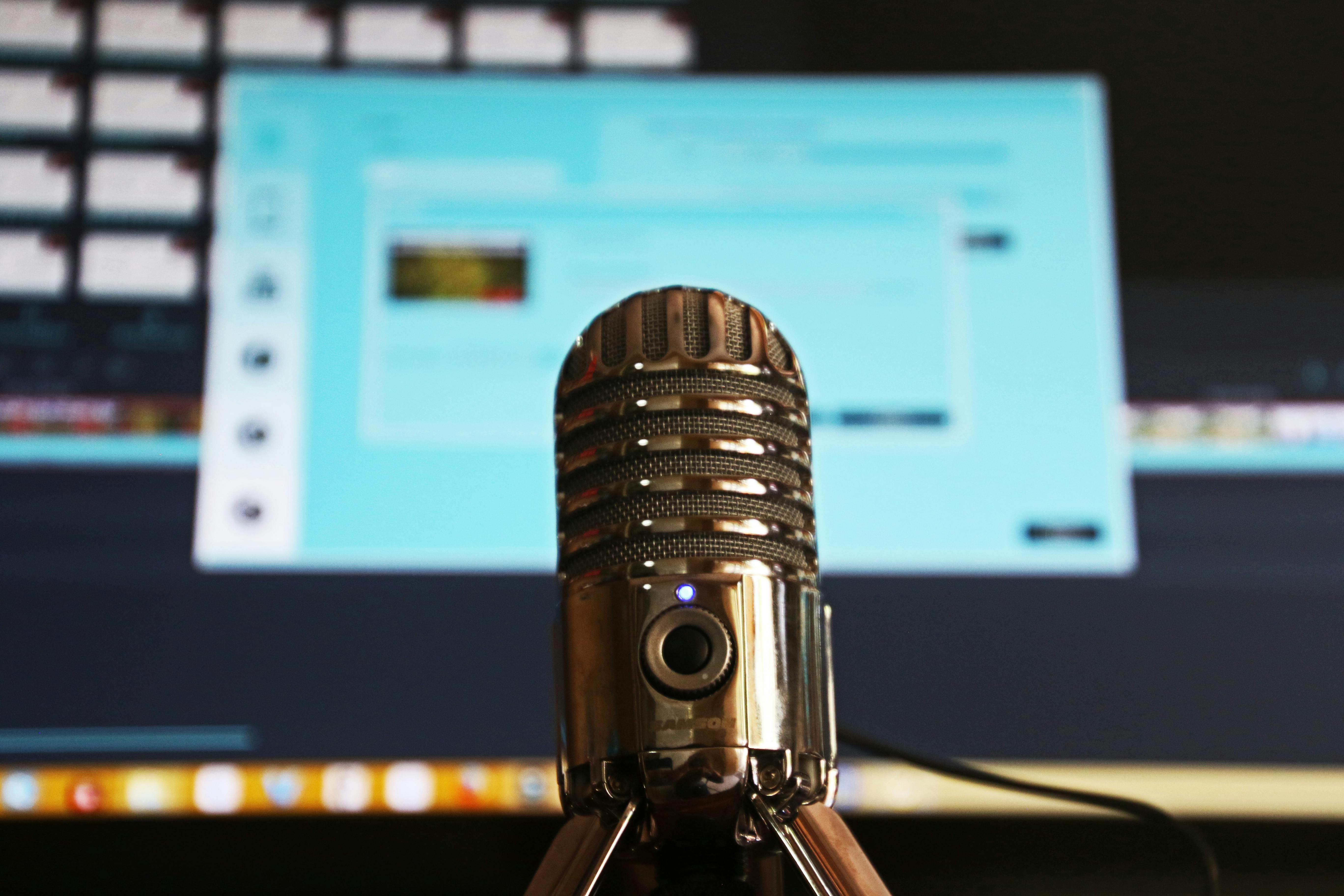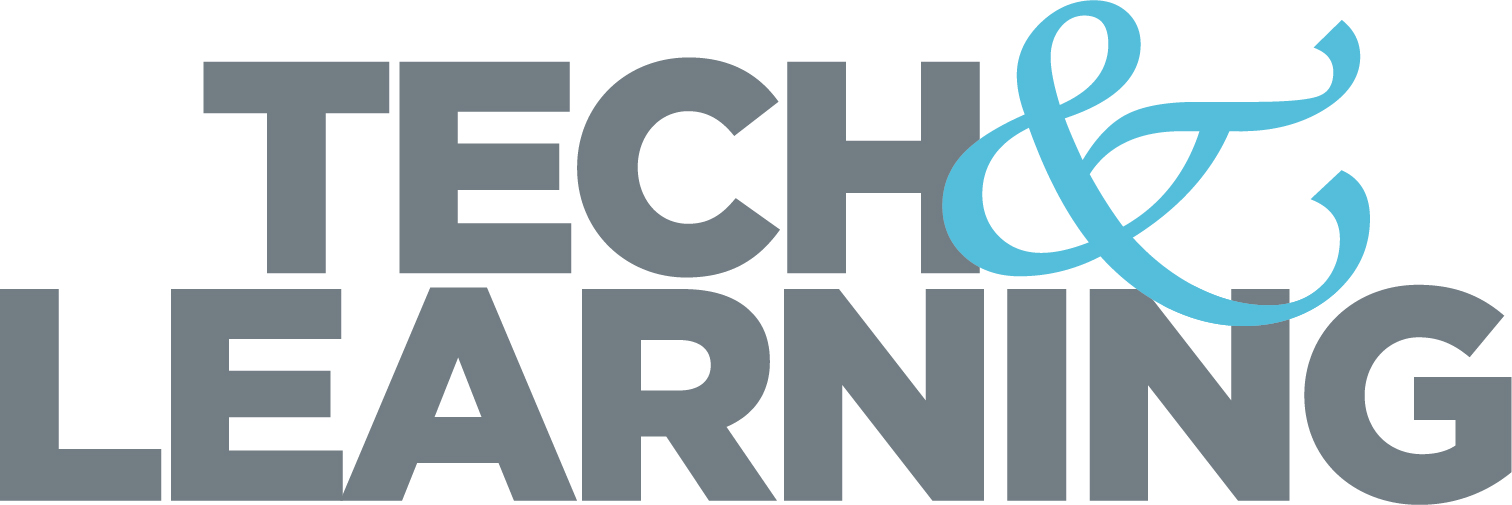Does Duolingo Work?
The popular language learning app Duolingo can work well for those who use it regularly but has its limitations.

Duolingo is the world’s most downloaded education app according to the Pittsburgh-based company.
The free app has more than 500 million registered users who can choose from 100 courses in more than 40 languages. While many use the app on its own, it is also utilized as part of school language classes through Duolingo for Schools.
Duolingo gamifies the learning process and uses AI to provide individualized lesson plans for users. But how well does Duolingo actually work when it comes to the notoriously difficult process of teaching a second language to an adolescent or adult?
Dr. Cindy Blanco, a well-known language scientist who now works for Duolingo, has helped conduct research into the app that suggests using it can be as effective as traditional college language courses.
Laura Wagner, a psychology professor at Ohio State University who studies how children acquire language, uses the app personally. Though she has not conducted research into the app, which is designed for older kids or adults, she says there are aspects of it that align with what we know about language learning and that she trusts Blanco’s research on the topic. However, she adds there are limitations to the technology.
Does Duolingo Work?
“Our research shows that Spanish and French learners who complete the beginning-level material in our courses – which covers levels A1 and A2 of the international proficiency standard, CEFR – have reading and listening skills comparable to students at the end of 4 semesters of university language courses,” Blanco says, via email. “Later research also shows effective learning for intermediate users and for speaking skills, and our latest work has tested the effectiveness of our English course for Spanish speakers, with similar findings.”
How effective Duolingo is depends in part on how much time a user spends with it. “It took learners in our Spanish and French courses an average of 112 hours to have reading and listening skills comparable to four U.S. university semesters,” Blanco says. “That's half as long as it actually takes to complete four semesters.”
Tech & Learning Newsletter
Tools and ideas to transform education. Sign up below.
What Duolingo Does Well
Wagner is not surprised by this efficacy because, at its best, Duolingo is combining aspects of how both children and adults learn languages. Kids learn through full immersion in the language and constant social interactions. Adults learn more through conscious studying.
“Adults often are actually quite a bit faster to learn language at the very beginning, probably, because they can do things like read, and you can hand them a vocabulary list, and they can memorize it, and they actually have better memories in general,” Wagner says.
However, adult and adolescent language learners lose this lead over time, as this type of rote memorization may not be the most effective way to learn a language. “Adults can over memorize, and it's not always clear that they're getting the implicit understanding that is actually the basis of real fluency,” she says.
“Duolingo is fascinating because it's sort of splitting the difference,” Wagner says. “It's taking advantage of a lot of the things that adults can do well, like reading, because there are words all over these apps. But there are a few things that are actually a little bit like early child language learning. It throws you in the middle of everything, and is just like, ‘Here are a bunch of words, we're gonna start using them.’ And that's very much a child's experience.”
Where Duolingo Has Room for Improvement
Despite its strengths, Duolingo is not perfect. Pronunciation practice is an area in which Wagner suggests the app leaves something to be desired as it can be extremely forgiving of mispronounced words. “I don’t know what it is trying to pick up on, but it doesn’t care,” Wagner says. “When I go to Mexico, and I say something the way I said it to Duolingo, they look at me, and they just laugh.”
However, Wagner says even that imperfect vocabulary practice is helpful because it makes the learning on the app more active and gets users at least saying some approximation of the word.
Blanco also acknowledges that pronunciation is a challenge for Duolingo. Another area the app is working to improve on is around helping students to master everyday speech.
“One of the hardest parts of language for all students, no matter how they're learning, is having open-ended conversations where they have to create new sentences from scratch,” Blanco says. “In a café, you have a pretty good idea of what you might hear or need to say, but to have a true, unscripted conversation, like with a friend or coworker, is much harder. You need to have sharp listening skills and be able to form a response in real time.”
Blanco and the Duolingo team are optimistic this will improve with time. “We've had some big breakthroughs recently in developing technology to help with this, especially from our machine learning team, and I'm really excited to see where we can take these new tools,” Blanco says. “ We're testing this tool for open-ended writing at the moment, and I think there's a lot of potential to build on it.”
How Teachers Can Use Duolingo
Duolingo for Schools is a free platform that allows teachers to enroll their students in a virtual classroom so they can track their progress and assign lessons or points to students. “Some teachers use Duolingo and the Schools platform for bonus or extra credit work, or to fill extra class time,” Blanco says. “Others use the Duolingo curriculum directly in support of their own curriculum, since our schools initiative provides access to all the vocabulary and grammar taught in the courses.”
Teachers working with more advanced students can also use the podcasts offered in the app that feature real speakers from around the world.
For students or any person looking to learn a language, consistency is important. “No matter your motivation, we recommend building a daily habit that you can stick with and incorporate into your routine,” she says. “Study most days of the week, and help yourself make time for your lessons by doing them at the same time every day, maybe with your morning coffee or on your commute.”
Erik Ofgang is a Tech & Learning contributor. A journalist, author and educator, his work has appeared in The New York Times, the Washington Post, the Smithsonian, The Atlantic, and Associated Press. He currently teaches at Western Connecticut State University’s MFA program. While a staff writer at Connecticut Magazine he won a Society of Professional Journalism Award for his education reporting. He is interested in how humans learn and how technology can make that more effective.










